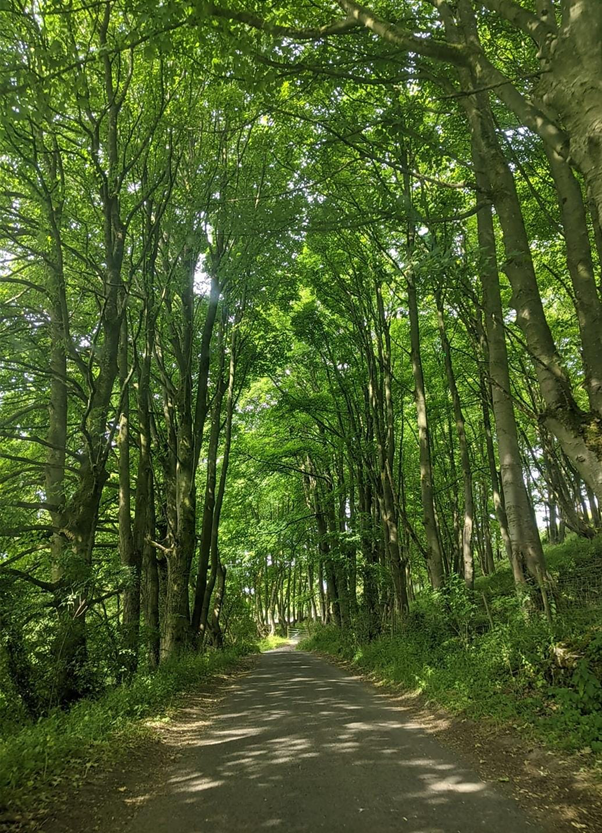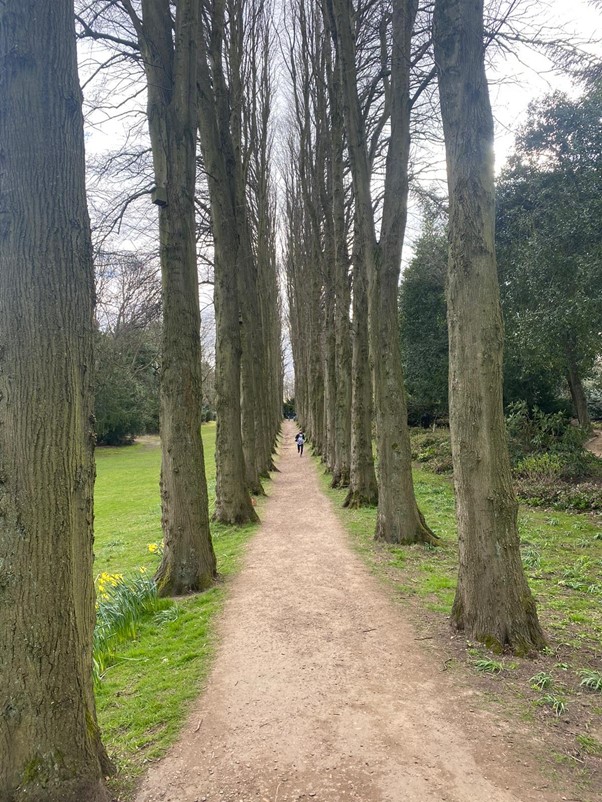Learning from other organisations
Table of contents
Case study: What are your research roots?
A participatory peer research approach is an inclusive process for creating research based on people’s lived experiences. For young people with migration experiences working as co-researchers on the Migrant Youth Integration and Empowerment (MIMY) project our hope was to share the knowledge of those who have experiences of migration and integration, and to make their voices heard. This approach is about building research done by the community, for the community, and our hope is that it can lead to more ethical research that does not exploit, and instead promotes equality.
We wanted to share some images that helped us to develop the metaphor of research roots. The photographs were taken by youth peer researchers and are their response to the prompt: ‘what does feeling at home mean to you?’ Looking at these pictures helps us to understand that in asking researchers to connect to, and think about, these reflexive questions we are not looking for a fixed answer. Instead we are asking researchers, including ourselves, to think, reflect, take action and learn so as to grow research that is accountable to the people affected by the issues at hand. We believe that this can help create lasting change for people who are within and outside of the research space.




Written by Cristina Blumenkron and Asma Kabadeh with MIMY Sheffield Youth Researchers and Dr Thea Shahrokh.
This post was produced as a part of the MIMY project which is working with young people with migration experiences and local youth in South Yorkshire to understand what empowered pathways of integration mean in their lives. Find out more at https://www.sheffield.ac.uk/migration-research-group/our-work/mimy.
